News and stories
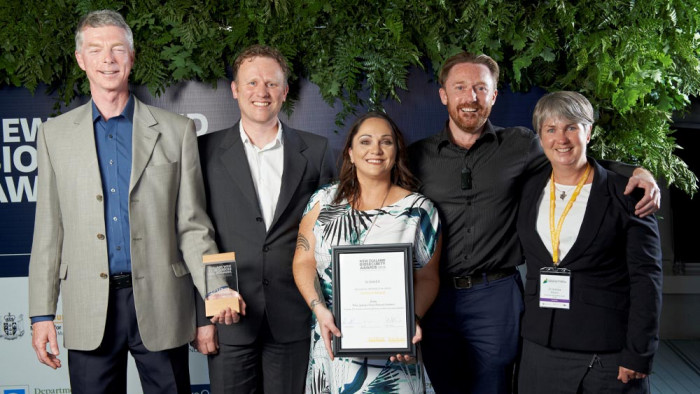
Story
New weapons in the battle for urban biosecurity wins national award
Scion wins Award for creating world-leading pest detection and eradication tools.
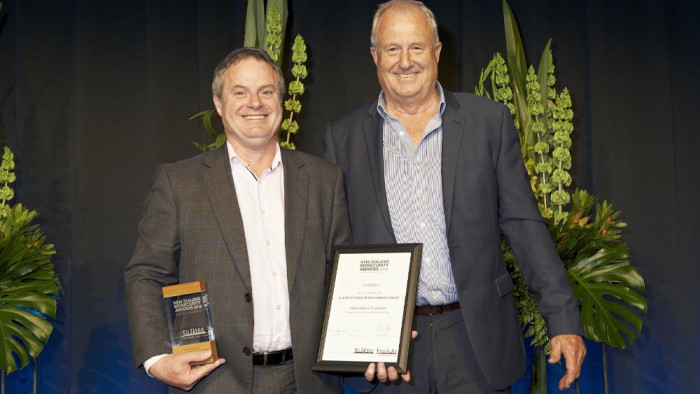
Story
Protecting Fiordland from marine pests wins biosecurity award
Environment Southland’s Fiordland Marine Regional Pathway Management Plan was honoured with two Awards at the New Zealand Biosecurity Awards 2018
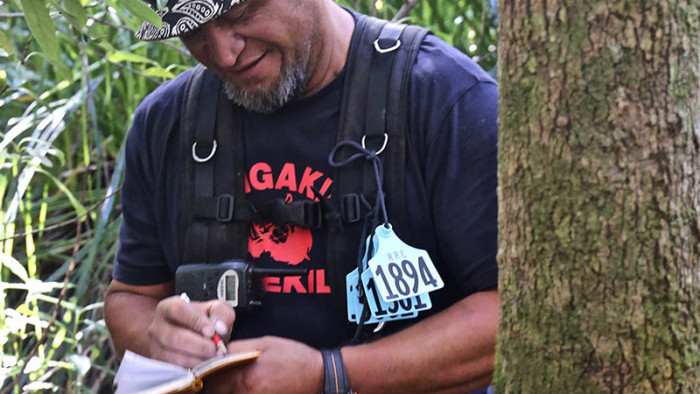
Story
Iwi dedication to local taonga recognised with biosecurity award
The dedication of Tauranga Moana iwi to protecting Mauao from myrtle rust and building biosecurity excellence in Tauranga has been acknowledged with a biosecurity award.
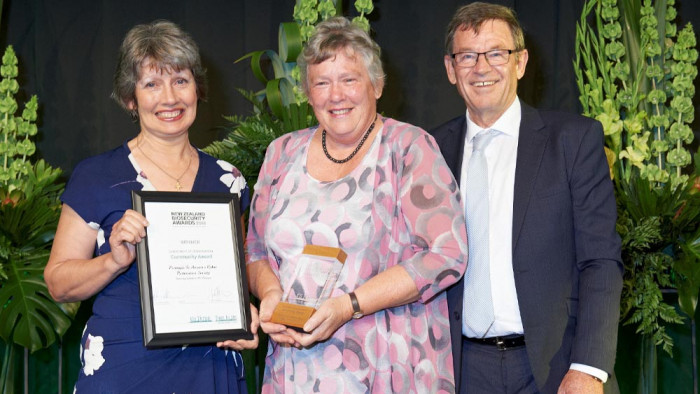
Story
Reviving the call of the kokako a winning biosecurity project
Waikato-based Pirongia Te Aroaro o Kahu Restoration Society has received an Award for their efforts in restoring native birds to Mt Pirongia.
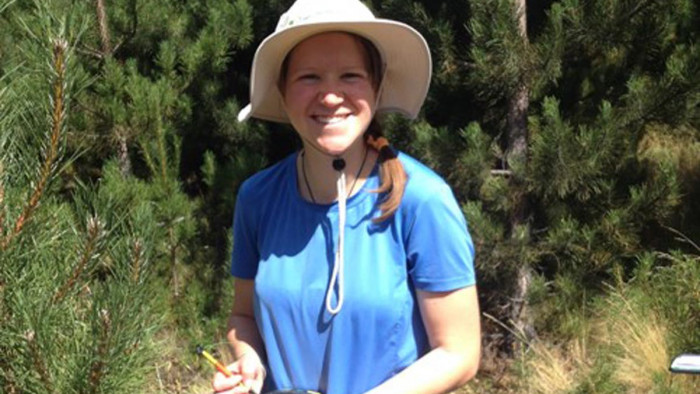
Story
Keen student takes on the challenge to spot wilding pines from space
Drive around the beautiful wide landscapes of the Mackenzie Country and you’re bound to spot some wilding pines. Bio-Protection Research Centre PhD student Rowan Sprague is working on a way to find wilding pine trees in remote areas by using image data co

News
Training the next generation of stink bug hunters
In October, during Biosecurity Week in Tauranga Moana, KVH helped bring biosecurity alive for groups of intermediate students taking part in the Creepy Crawlies Meets Primary Production project.
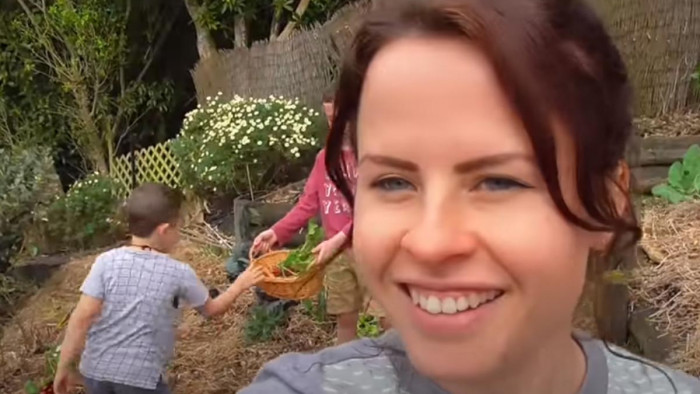
Story
Biosecurity protects home grown happiness
"We all need to keep a look out for any biosecurity threats that could ruin these gardens that we love so much." Watch Elien Lewis of Home Grown Happiness talk about why biosecurity matters to her.
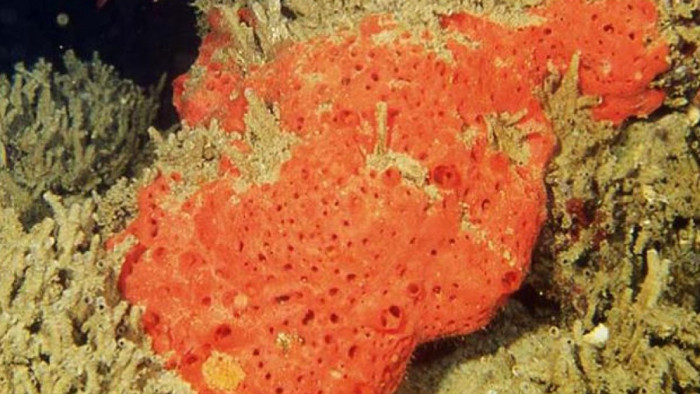
Story
Vessel biofouling in Hawai'i
Hawaiʻi took notice when New Zealand and California passed rules aimed at vessel biofouling. Last year, the Hawaiʻi Interagency Biosecurity Plan was released that set 10 year goals for managing biosecurity risks including those posed by vessel biofouling.
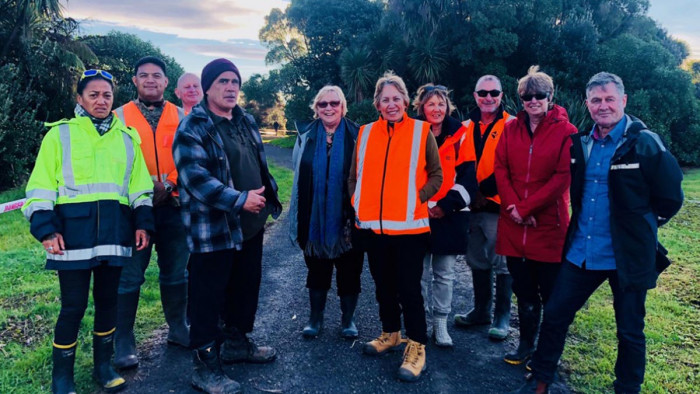
Story
Salvinia eradication at Wairakei Stream
After just one phase of eradication of Salvinia (Salvinia molesta), Wairakei Stream in Papamoa is looking great. The initiative was a collaboration between local iwi—Ngā Pōtikī, Tauranga City Council, the Bay of Plenty Regional Council and Biosecurity New